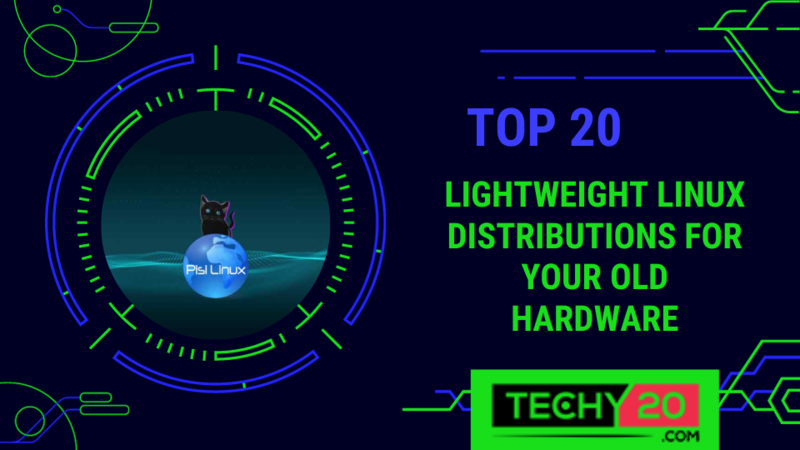Running operating systems on hardware can often lead to sluggishness and inefficiency. However, there’s a solution to revitalize your aging hardware. Because of their deliberate resource-friendly design, these distributions enable older machines to function smoothly and effectively. We will examine the 20 Linux distributions in this article, considering various viewpoints and pertinent data. There are Linux distributions that cater to minimalism and lightweight usage. Let’s take a look at a few of them:
1. Puppy Linux
Linux Puppy is renowned for its size and quickness of operation. One well-liked lightweight distribution is called Puppy Linux. It can run entirely on RAM, making it an ideal choice for hardware.
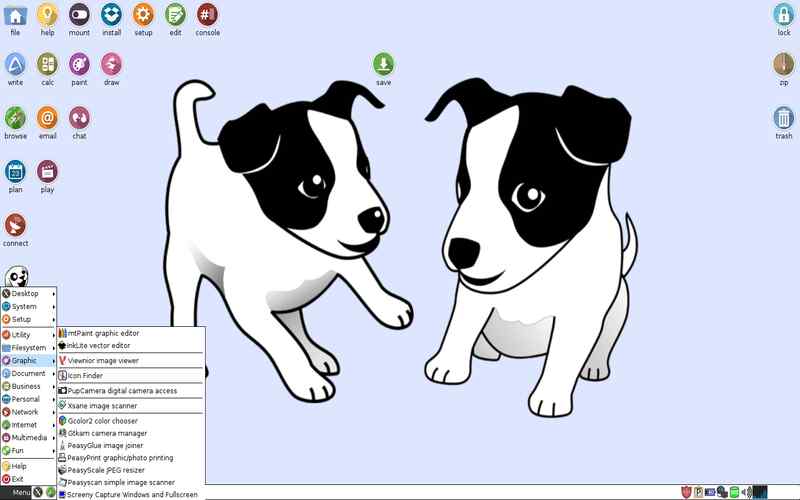
2. Bodhi Linux
Built on the foundation of Ubuntu LTS (Long Term Support), Bodhi Linux focuses on providing a distribution that delivers a highly responsive desktop experience. With Enlightenment as its desktop environment, Bodhi Linux offers a visually appealing interface.
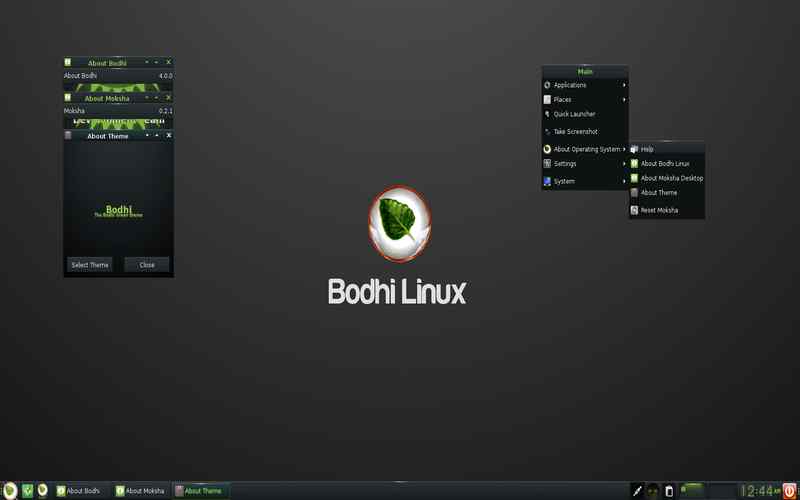
3. Lubuntu
As a derivative of Ubuntu, Lubuntu utilizes the LXQt desktop environment. Lubuntu ensures that it remains resource-friendly while still offering functionality on machines.
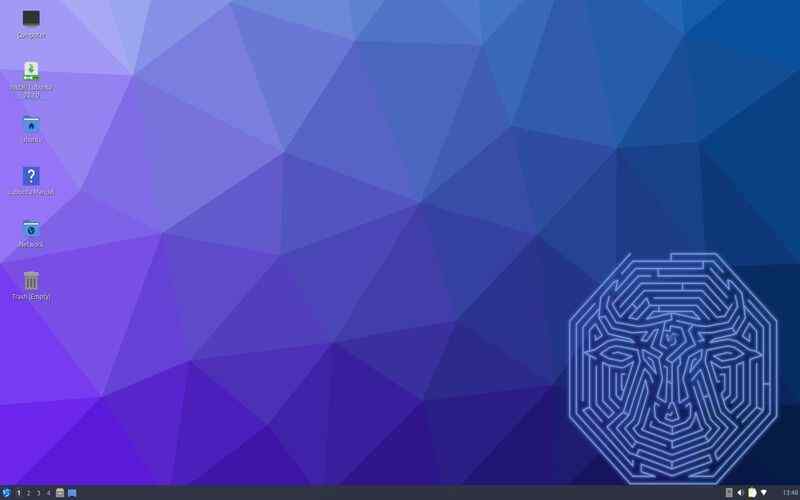
4. Xubuntu
Based on Ubuntu, Xubuntu features the Xfce desktop environment. It strikes a mix between performance and functionality, making it an option for upgrading gear.
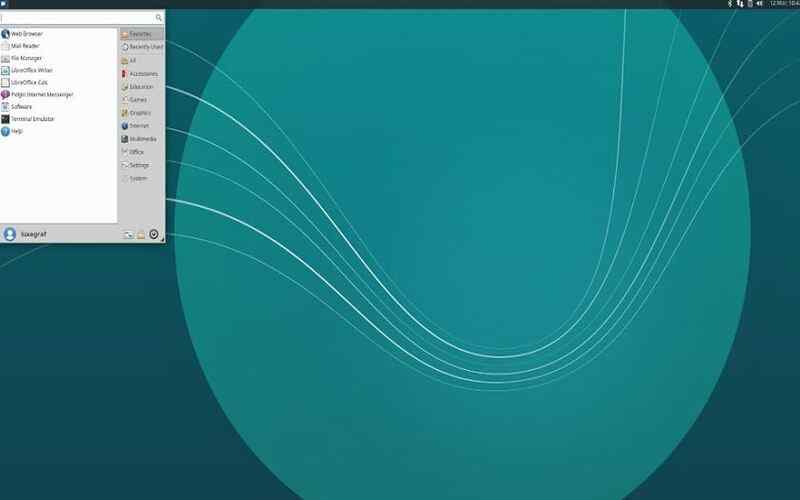
5. Peppermint OS.
Peppermint OS strives to offer a modern experience by integrating the LXDE desktop environment with a cloud-based approach. It optimizes performance on low-spec machines by incorporating used web applications.
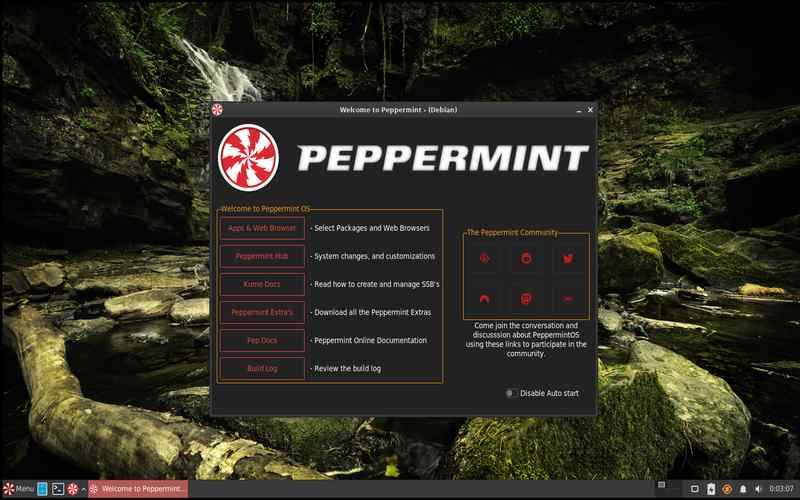
6. AntiX
AntiX serves as a lightweight distribution that operates smoothly on low-spec hardware. It offers a range of options, allowing users to customize the system to their specific needs.
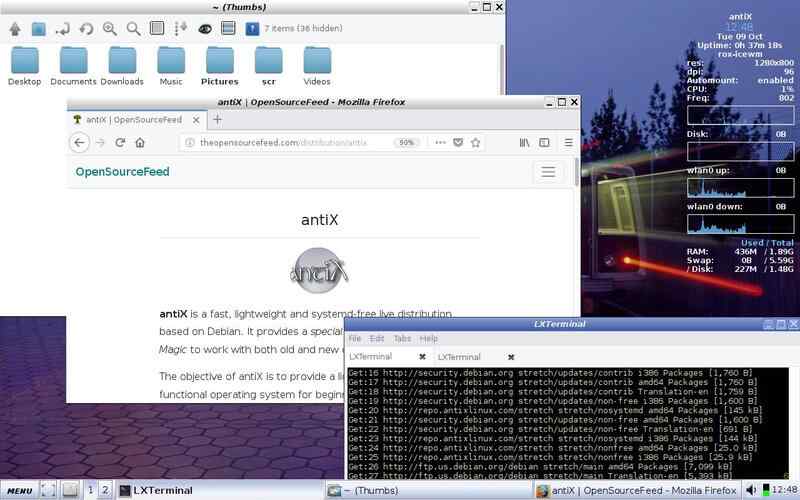
7. LXLE
LXLE is a preconfigured distribution that includes several helpful apps with the lightweight LXQt desktop environment. Its goal is to offer an experience for users transitioning from Windows.
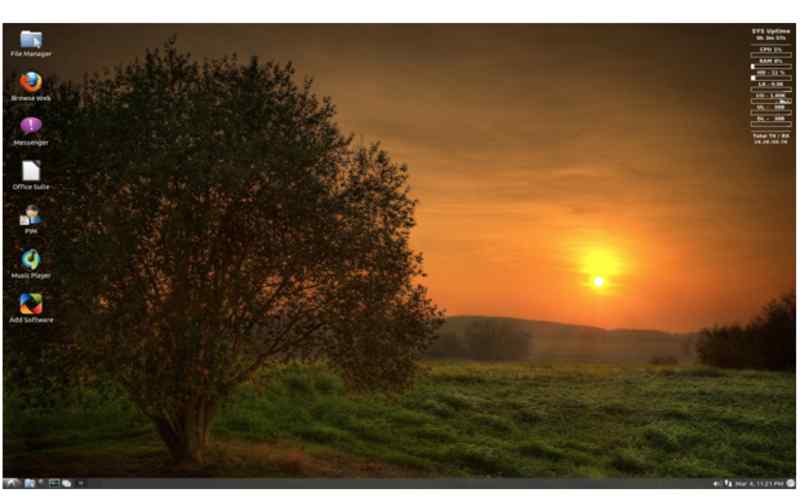
8. Manjaro LXQt Edition
Manjaro LXQt Edition is a version of Manjaro Linux created by the community featuring the LXQt desktop environment. It strikes a balance between performance, stability, and user-friendliness.

9. Debian
Debian, renowned for its stability and versatility when combined with the LXDE desktop environment, becomes a choice for older hardware. Debians’ vast package repositories ensure a range of software.
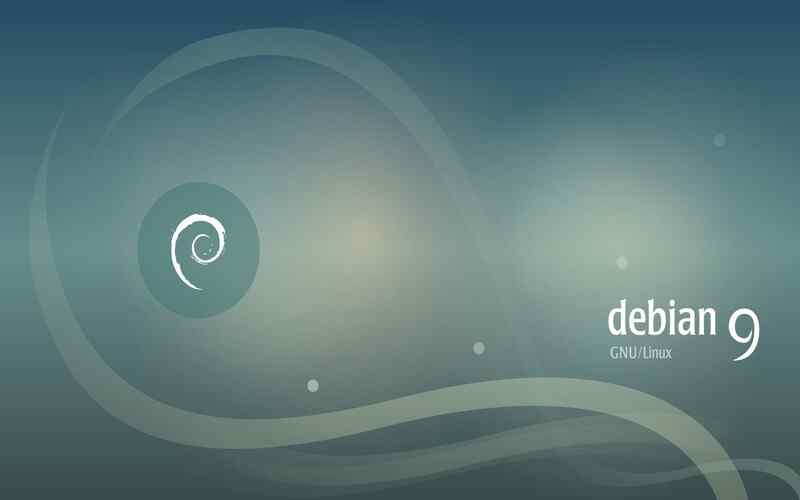
10. SparkyLinux
SparkyLinux, based on testing, utilizes the LXQt desktop environment. It aims to provide a speedy and user-friendly operating system for older and modern hardware.
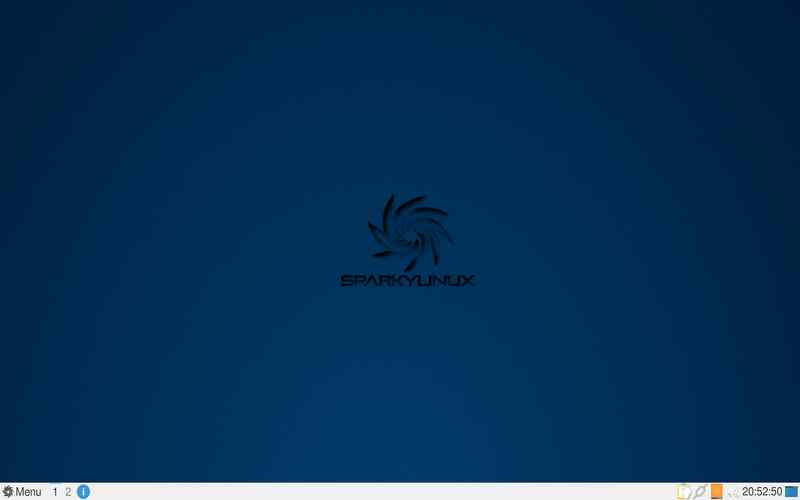
11. LXQt
LXQt is not a distribution but a lightweight desktop environment designed for low-spec machines. It can be installed on top of distributions to deliver a fast and efficient user interface.
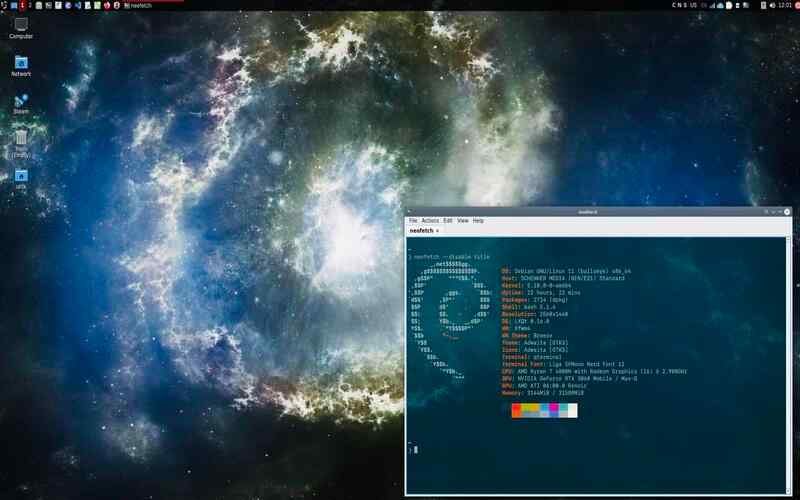
12. MX Linux
MX Linux is renowned for its dependability, efficiency, and user-friendliness. It employs the Xfce desktop environment while offering tools and customization options.
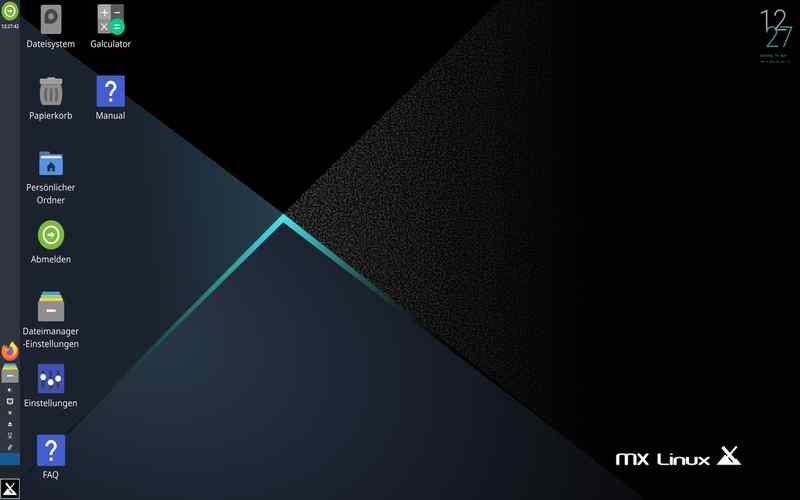
13. Arch Linux
Arch Linux, along with the Openbox window manager, makes for a pairing. Arch Linux is known for its nature and extensive customization options, while Openbox offers an efficient desktop environment that works exceptionally well on older hardware.
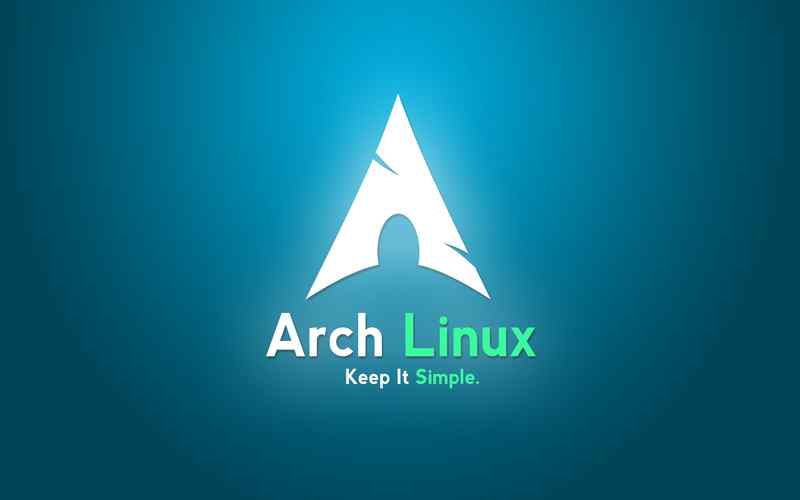
14. Linux Lite
When it comes to Linux Lite, the focus is on simplicity. It is resource-friendly and runs on the light Xfce desktop environment, offering all the necessary apps. It provides a user interface that is familiar to Windows users.
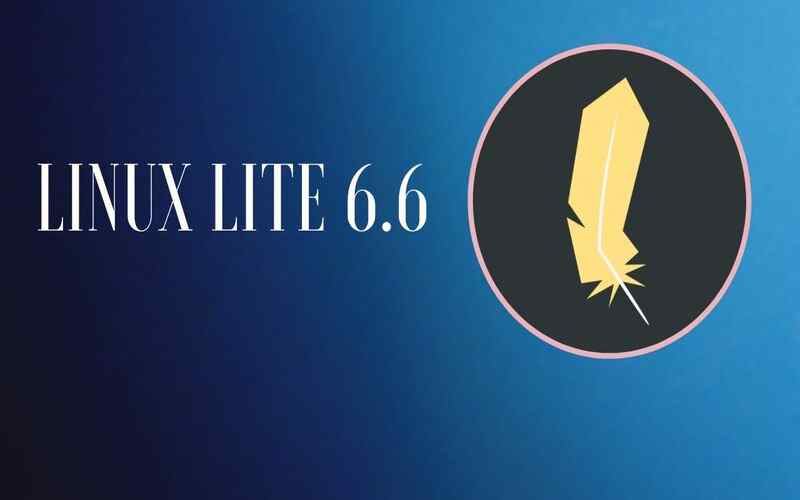
15. Zorin OS
Tiny Core Linux, known for its size Tiny Core Linux can be entirely run in RAM, providing a highly customizable experience.Zorin OS.
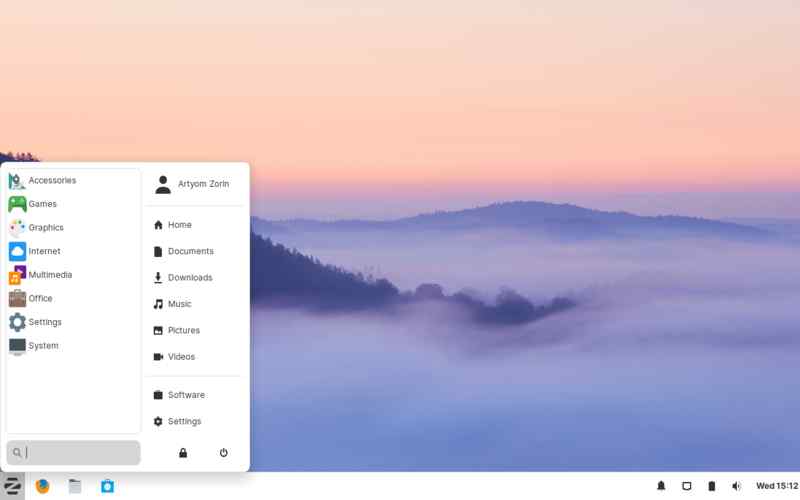
16. CrunchBang++
A community-driven continuation of CrunchBang Linux, CrunchBang++ features the Openbox window manager, delivering an environment optimized for machines.
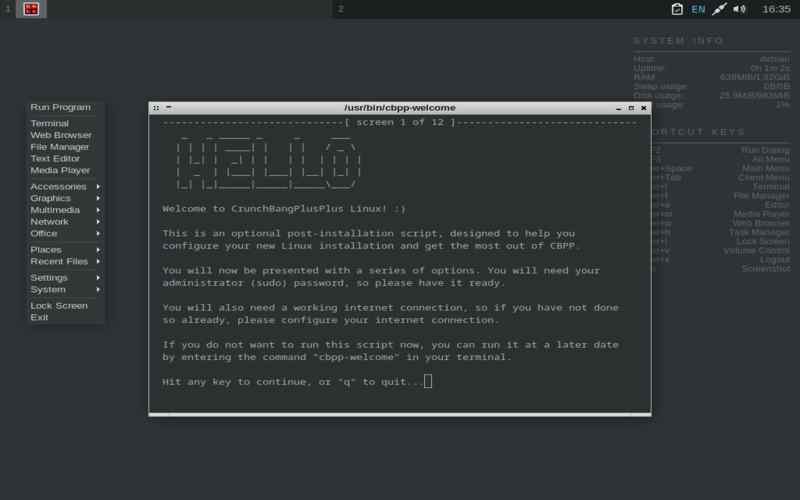
17. PCLinuxOS
PCLinuxOS with user-friendliness in mind. It ensures compatibility with different hardware combinations. Desktop environments such as Xfce and LXDE are available for selection in PCLinuxOS.
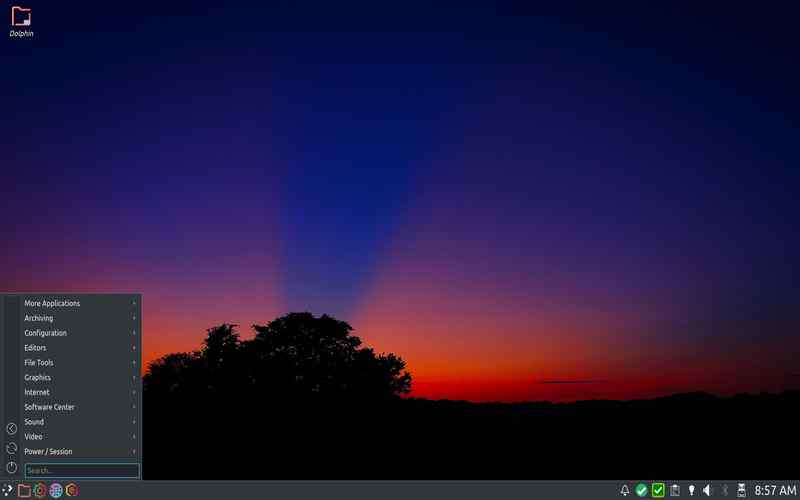
18. Emmabuntüs
Ubuntu for businesses to utilize on reconditioned PCs. Emmabuntüs uses the desktop environment Xfce. To support out-of-date hardware combinations, the bundle includes a range of software.
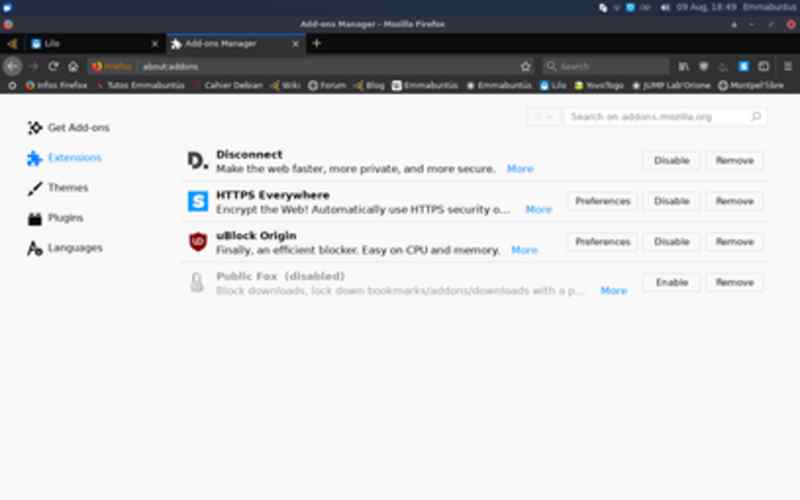
19. Pisi Linux
Turkey-developed Pisi Linux Pisi Linux emphasizes effectiveness and simplicity. It seeks to offer a quick system that is appropriate for users with limited hardware resources as well as older computers.
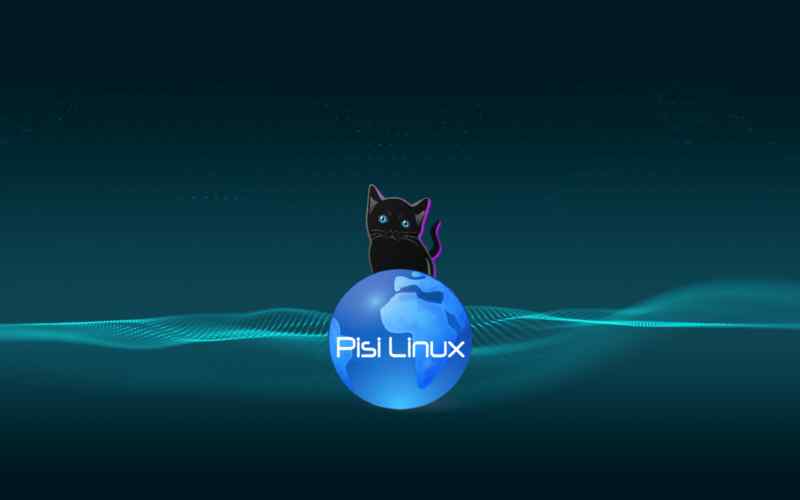
20. Zorin OS Lite
Zorin OS Lite is a variant of the Zorin OS. Zorin OS Lite utilizes the Xfce desktop environment, offering a user-friendly interface that works well on older hardware.
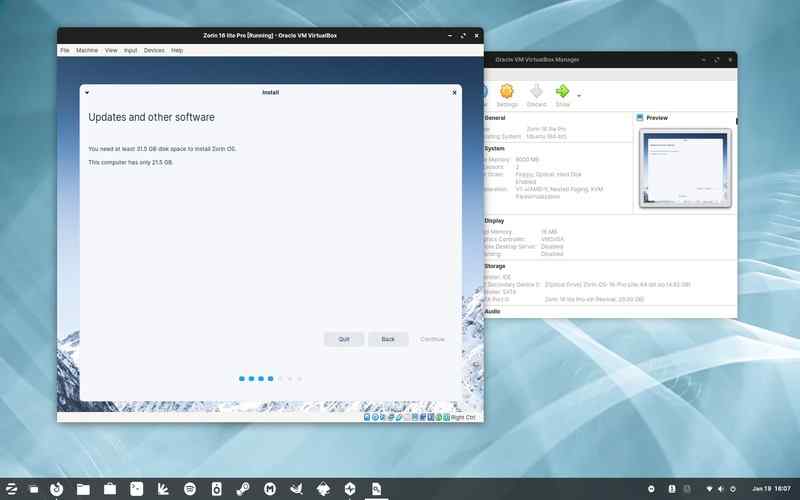
Conclusion
These distributions offer features tailored towards providing performance on older hardware configurations while maintaining ease of use. By utilizing Linux distributions, you have to breathe life into your older hardware and enjoy a seamless computing experience. These distributions provide choices that cater to user preferences and requirements. By taking into account statistics and diverse viewpoints.

